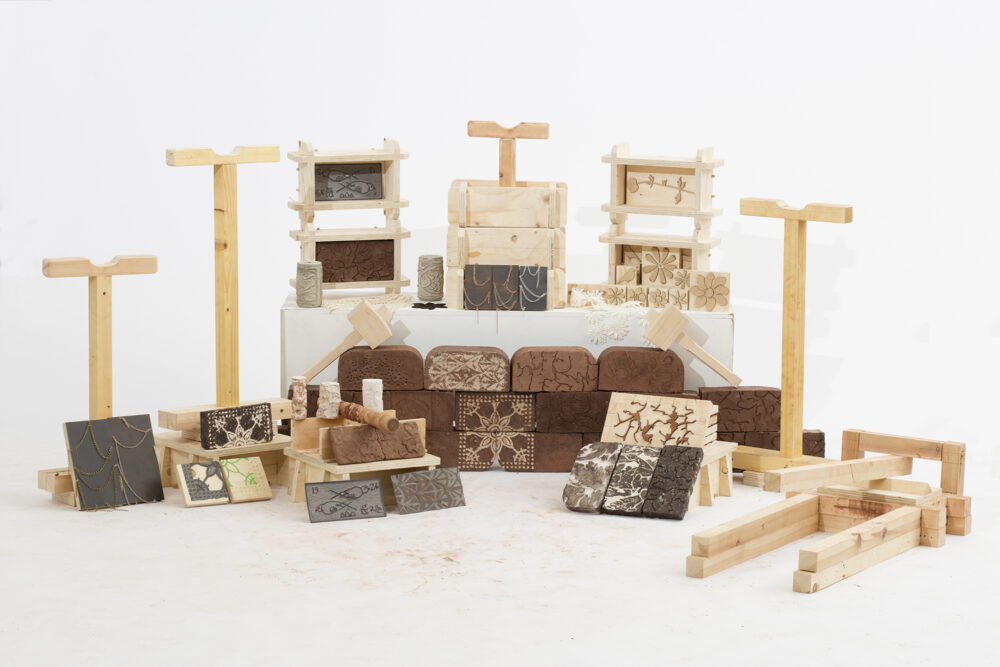The project forms part of a larger archaeological restoration and interpretation scheme funded by the Heritage Lottery Fund. Reaching back over four centuries, the Coniston Coppermines and Penny Rigg Mill sites spread across 57 hectares in the south west of the Lake District National Park, below The Old Man of Coniston. At its peak in the 19th century, the Coppermines Valley employed around 600 people in the extraction, preparation and transportation of copper ore.
The project involved a partnership between the Lake District National Park, local landowners, the Ruskin Museum, YHA Coniston, Grizedale Arts, Central Saint Martins (UAL), and the Cumbria Amenity Trust Mining History Society. Hayatsu Architects led a design studio for 27 M.Arch students from CSM, alongside Gregory Ross and Carlotta Novella. Together this team designed and fabricated two timber structures: an information kiosk and a community bread oven.
The kiosk, located in front of the Ruskin Museum, narrates the coppermines’ history, while the community bread oven supports local events at the Coniston Institute. These structures, clad in handcrafted copper shingles and charred timber roofing, were made with local community groups.
Ruskin’s Road fosters collective making and place-making by bringing together local communities, craftspeople, historians, and students early in their architectural careers. It aims to revive small-scale on-site manufacturing and promote local production.
These Structures form nodes for a pedestrian route, transforming the external areas of the Museum and Institute into active social spaces. Our interventions included resurfacing of the existing pathways with handmade tiles, and adding signage, lighting, and furniture to connect Coniston village to the Coppermine’s walking trail.
The initial structures, the kiosk and oven, signal the transformation of the lane into a public realm space. This initiative extends Ruskin’s legacy of communal-making and extracts greater meaning from acts of community service.
These methodologies have since been exemplified in exhibitions at Hauser & Wirth in Somerset and the “Making it Happen: New Community Architecture” at the RIBA in London.
Generous support came from the Scottish sawmill and timber distributor James Jones & Sons, donating sustainably harvested larch timber from Scotland.



















